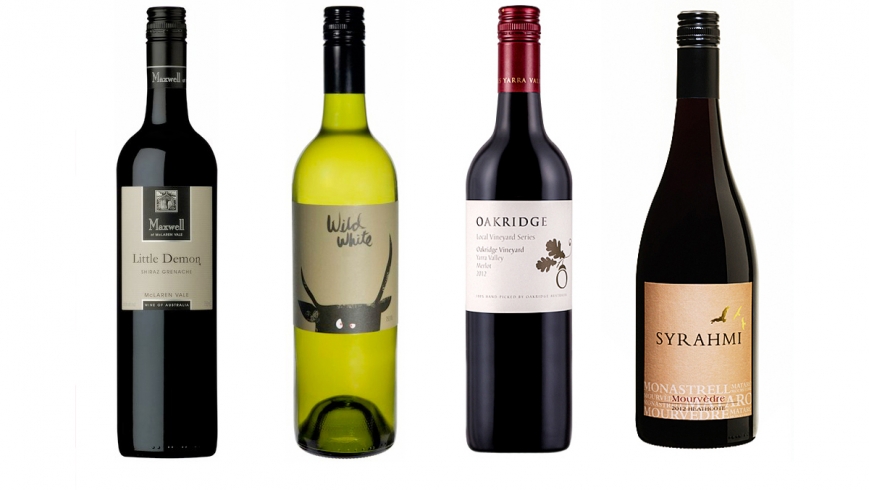It’s late at night and someone suggests a few shots. At the time, it’s the best idea you’ve heard all week. For many people, the default shot is tequila. Out rolls the salt, slices of lime and the shots are lined up at the bar.
It takes so little time to down the shot, but tequila’s actually one of the great slow drinks of the world. It takes eight years to grow its key ingredient, the blue Weber agave plant, before it is roasted, fermented and distilled to become tequila.
Methods of farming the agave plant haven’t changed in centuries: the agave farmers, known as jimadores, in the mountains near the town of Tequila, halfway down Mexico’s west coast, nurture their plants to ensure they never flower and die before they have produced the right amount of carbohydrates for fermentation.
When harvested, the fruit of these plants, known as piñas and weighing between 70 kilograms and 110 kilograms, are slow-cooked in ovens, a process that breaks down the starch inside the piñas into fermentable sugars.
There’s another spirit made using agave that’s often confused with tequila – mezcal – but the agave is smoked rather than roasted, giving the spirit a distinct smoky character.
Tequila’s a versatile spirit, too. Use the fresh, white tequila in place of gin in a G&T and, in any recipe that calls for rum, you can substitute aged “añejo” tequila.
There are two ways I like to drink it. On hot days, nothing beats the tall, refreshing Paloma, which is a mix of tequila, grapefruit soda – look out for the Mexican brand Jarritos – and lime poured over ice.
I also like it neat, especially when it’s served with a traditional sangrita on the side. In Mexico this is known as little blood and is made with orange and tomato juice, lime and chilli. The sangrita helps strip the alcohol off the palate and enhance tequila’s peppery, citrus flavours.
Sangrita verde
Tequila bar and Mexican restaurant Mesa Verde, on the top floor of Swanston Street’s Curtin House, shared its recipe for sangrita verde. Makes about 600ml
– 1 handful each of fresh coriander and mint (no stalks)
– 2-5 jalapeño chillies, to taste
– 30ml agave syrup
– 200ml fresh pineapple juice
– 300g canned tomatillos, strained
– 100ml fresh lime juice
Blend all ingredients until fully integrated and liquefied; let stand for 20 minutes. Coarse strain, then fine strain into large jug, press through with the back of a spoon.
Chill and serve in equal parts with your favourite tequila!
Lime, salt and the worm
Prohibition in the US may be to blame for tequila’s bad rap. Tequila can never have a worm. But mezcal can. The practice of adding a worm to a bottle came from prohibition, when booze was run quickly over the border. Transactions were swift and there often wasn’t time to taste what was being exchanged.
To check alcohol was high and prove quality, a worm was popped into the bottle. A mushy worm meant weak, poor-quality booze.
We also have prohibition to blame for the lip-sip-suck. In the 1920s, finding the good stuff wasn’t easy. People used salt to line the mouth, down the tequila and lime to wash away the taste. Mexicans also believe lime’s a cure-all and the salt will kill the bad bacteria in poor-quality drinks.

TASTE THIS
Check out the selections from Ben Thomas this week.
Oakridge Local Vineyard Series Oakridge Vineyard Merlot 2012
(Yarra Valley) $26; 13.3%
4 ½ stars
I remember tasting the juice that went into this as the fermented berries were being pressed. It was vibrant and packed with fruity flavours. It has grown up since, with blackcurrant, plum, tobacco, rose and cedar oak aromas that are subtle and inviting. Juicy acid and dark fruit flavours are carried by fine-grained, drying tannins. Decant it if you can; it opened up over a few hours.
Food match | Lamb chops
Maxwell Little Demon Shiraz Grenache 2012
(McLaren Vale) $16.95; 15.5%
4 stars
It’s actually a blend of 77 per cent shiraz that’s co-fermented with 8 per cent viognier and 15 per cent grenache. Here’s a wine for those who love their wines big. There’s no sign of the high alcohol on the nose or the tongue, but it is loaded with rich blackberry, blueberry, vanilla and star anise flavours. It has a rich and luscious mouthfeel and there’s a vibrant acid that neatly balances out the ripe flavours. A prickle in the mouth on the finish is the only sign of the high alcohol.
Food match | Bangers and mash
Krinklewood Wild White 2013
(Hunter Valley) $16; 10.8%
4 stars
Certified biodynamic organic, this blend of 64 per cent semillon, 24 per cent chardonnay and 12 per cent verdelho has a heady perfume of rose petals, pears, tropical fruits and hay. A smooth texture carries the well-rounded apple, pear, citrus and tropical fruit flavours. It’s got all bases covered – as good blends should – with the refreshing zip of zesty citrus-flavoured acid rounding off the wine nicely.
Food match | Fish and chips
Syrahmi Mourvèdre 2012
(Heathcote) $35; 13.5%
5 stars
Most mourvèdre planted in Australia comes from South Australia’s Barossa and McLaren Vale regions, which produce deep, rich wines. This elegant wine couldn’t be more different if it tried. Perfumed and pretty, it smells like a turbo-charged pinot noir, with plums, dark cherry, strawberry and stalks. Silky smooth, ripe plum and berry fruit flavours are brought into line by vibrant acid and a light grip of fine tannins.
Food match | Charcuterie







